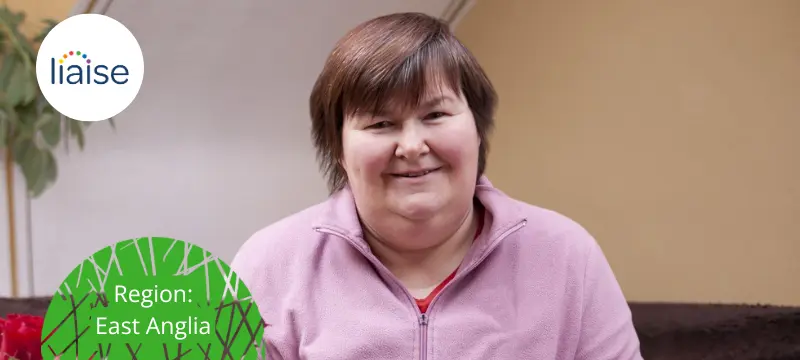Understanding Hoarding: A Journey of Progress at Ashwood House
At Ashwood House, we’ve been supporting Amanda*, who has lived with us for several years. Over time, she began to collect and hold onto a variety of items, each infused with sentimental meaning, making it difficult for her to part with them. These possessions, scattered across her room, became her way of creating comfort and connection. However, the growing accumulation posed increasing risks to health and safety, particularly fire as many were paper based items.
Regina, the dedicated manager of Ashwood House, recognised the importance of addressing this sensitive issue. Understanding the deep emotional attachment Amanda had to her belongings, Regina approached the situation with patience and care. After attempting to encourage Amanda to donate or recycle some of the items, she was understandably resistant, expressing a need to keep everything close.
In response, Regina, having consulted Amanda’s family, completed a Mental Capacity Assessment and Best Interest decision before devising a compassionate, gradual plan. She arranged for a small shed to be placed in the garden, offering it as an alternative storage space where Amanda could still access her cherished items. While initially hesitant, Amanda was supported, step by step, to move her possessions into the shed – knowing she could visit them at any time. This solution not only improved the safety of the house but also allowed Amanda to maintain a sense of security.
To help manage the situation long-term, Regina introduced a 1:1 rule: for every new item brought in, one had to be donated or recycled. This gentle approach prevented further clutter while encouraging her to part with older, less significant items. Over time, something remarkable happened – Amanda’s desire to check on her stored belongings lessened, a promising sign of progress in her journey. Regina and the team remain hopeful that, with continued support, will one day feel ready to part with these items entirely, and the shed will be emptied – marking the next positive step in her transformation. Regina said, “There’s been a lot of slow negotiations and compromises initially, however, recently she’s made significant progress and we hope to continue seeing more soon.”
We are thrilled to see the positive steps Amanda has taken, thanks to the unwavering support of the Ashwood team. While the road to overcoming hoarding is never easy, with patience, understanding, and tailored solutions, real progress can be made.
At Ashwood House, we remain committed to improving the quality of life for all our individuals, creating safer, happier environments where everyone can thrive.
*Name changed for privacy
Hoarding is more than just collecting – it is a recognised mental health disorder that can deeply impact a person’s quality of life. People with hoarding disorder accumulate an excessive number of items, often storing them in a chaotic way that makes their living space difficult to manage. These objects, regardless of monetary value, hold intense emotional significance, leading to overwhelming clutter that can pose safety risks. In the UK, hoarding was officially recognised as a distinct mental health disorder in 2015, separate from conditions like OCD. It’s frequently linked to other challenges, including learning disabilities, depression, anxiety, and psychotic disorders.
